Cheaspeake Data Systems
This Fact Page displays text and images related to global warming and climate change
(Hover your mouse over the text below to "popup" a window with a related text.
Click on the text or image to open a new window with a detailed description.)
|
|
2018 U.S. Greenhouse Gas Emissions – A: Direct Emissions by Sector B: Emissions By End Use SectorU.S. greenhouse gas emissions are grouped according to where they were produced (or burned - Figure A) and according to where they were consumed (or used – Figure B).
| 2018 U.S. Greenhouse Gas Emissions – A: Direct Emissions by Sector B: Emissions By End Use Sector | 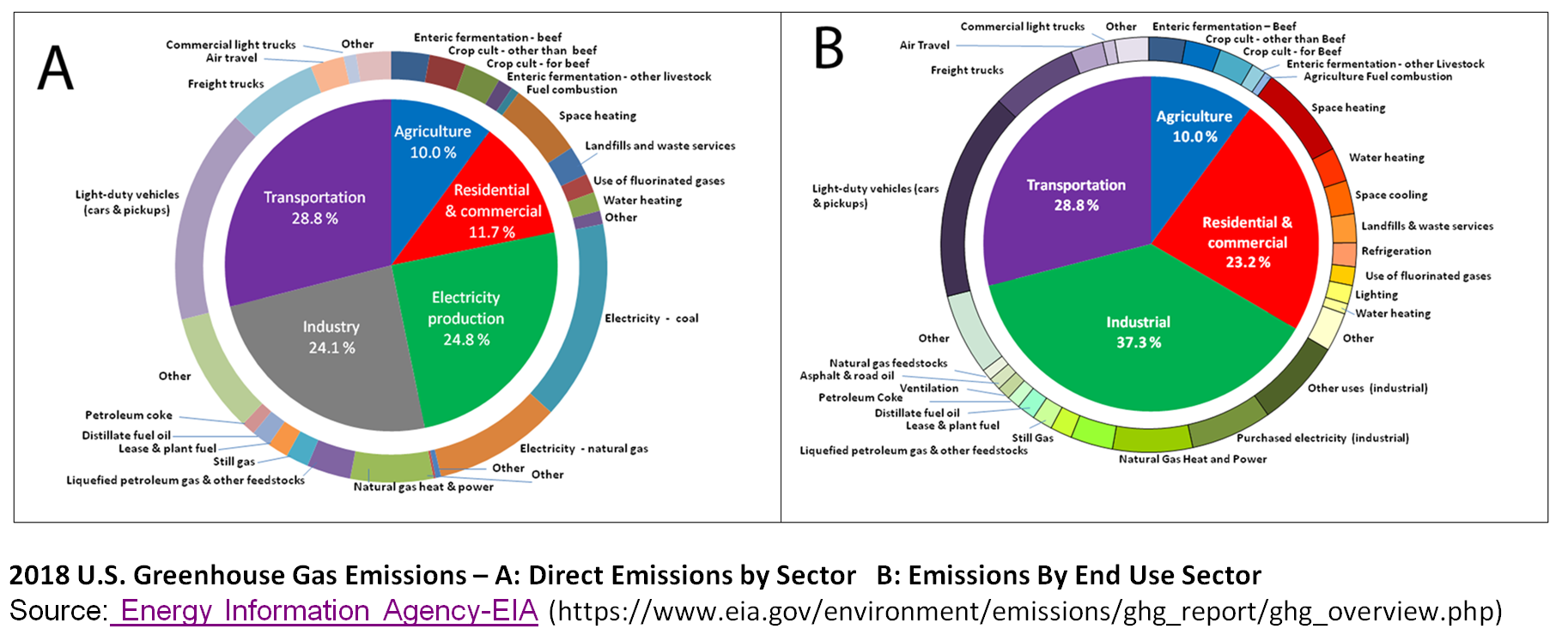
U.S. greenhouse gas emissions are grouped according to where they were produced (or burned - Figure A) and according to where they were consumed (or used – Figure B).
There are about 60 major sources of greenhouse gas emissions in the U.S. (source: Energy Information Agency-EIA). These sources are generally grouped into five economic sectors based on where the emissions were generated (Figure A): Residential and Commercial, Agriculture, Transportation, Industry, and Electricity Production. In this grouping, production of electricity is considered as a separate sector, and emissions generated at power plants are accounted for in the Electricity Production sector. In 2018 the relative percentages for the fives sectors were 29% for transportation, 25% for electricity production, 24% for industrial uses, 12% for buildings, and 10% for agricultural activities. In the electricity sector over the last 10 years, coal use has declined by about 35% while natural gas usage has increased about 60%. These sources can also be grouped into four economic sectors based on where the energy was consumed (Figure B): Residential and Commercial, Agriculture, Transportation, Industry. In this grouping, the emissions attributable to Electricity Production are distributed among the four economic sectors. Emissions from a given activity within a sector include emissions from production of electricity that is consumed in that activity, as well emissions generated by use of fossil fuels for that activity. In 2018 the relative percentages for the fives sectors were 37% for Industrial consumption 29% for Transportation, 23% for Residential and Commercial consumption, and 10% for Agriculture. | | | URL: https://myccnews.org/image.aspx?ImageID=294 |
Annotated
Global Average 1850-2017
| Annotated
Global Average 1850-2017 | 
Chart
Source: https://climatecrock.files.wordpress.com/2018/01/globaltempsbest17.jpg | | | Source: NASA |
Change in average surface temperature (1986-2005 and 2081-2100)
| Change in average surface temperature (1986-2005 and 2081-2100) | 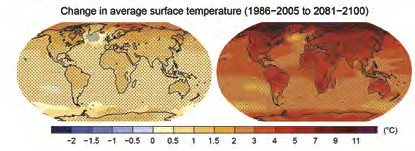 | Change in average surface temperature (1986-2005 and 2081-2100) | | | Source: NAS |
Conclusions
| Conclusions |  | If one looks at the facts and observations of global warming, it is only possible to conclude that the Earth is warming and that humans are primarily responsible. Therefore the only “unknowns” are how much the Earth is likely to warm both in the near term and in the long term and how the climate is likely to change. The “near term” forecast is not promising, particularly since there is not even a hint that global leaders are taking the problem seriously. | | | Source: Bruce Parker |
Forests man shift from sinks to sources
| Forests man shift from sinks to sources | 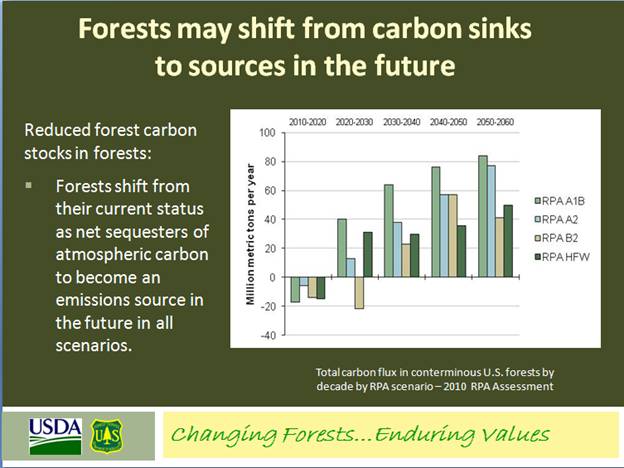
From presentation by David Cleaves (US Forest Service) - 1/29/14 RFF-SAF symposium on forest management and carbon accounting. | U.S. forests currently serve as a carbon 'sink', offsetting approximately 13% of U.S. emissions from burning fossil fuels in 2011 | | | Source: Forest Service |
Fossil Fuel Reserves
| Fossil Fuel Reserves | 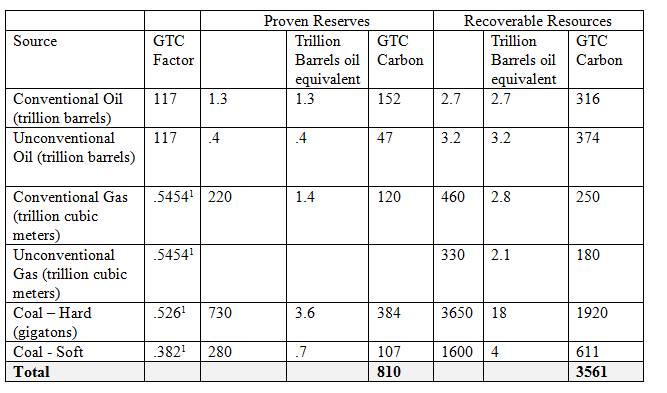 | Fossil fuels are abundant in many regions of the world and they are in sufficient quantities to meet expected increasing demands. However, most of them are still classified as resources and not yet as reserves. This distinction is important as it reflects the likelihood that the fossil fuels will be brought to the market. Resources are those volumes that have yet to be fully characterised, or that present technical difficulties or are costly to extract, for example where technologies that permit their extraction in an environmentally sound and cost- effective manner are still to be developed. Reserves are those volumes that are expected to be produced economically using today's technology; they are often associated with a project that is already well-defined or ongoing. As the more accessible, conventional supplies are exhausted, so more technically demanding resources will need to be exploited | | | Source: Various |
Global
Mean Anomaly
| Global
Mean Anomaly | 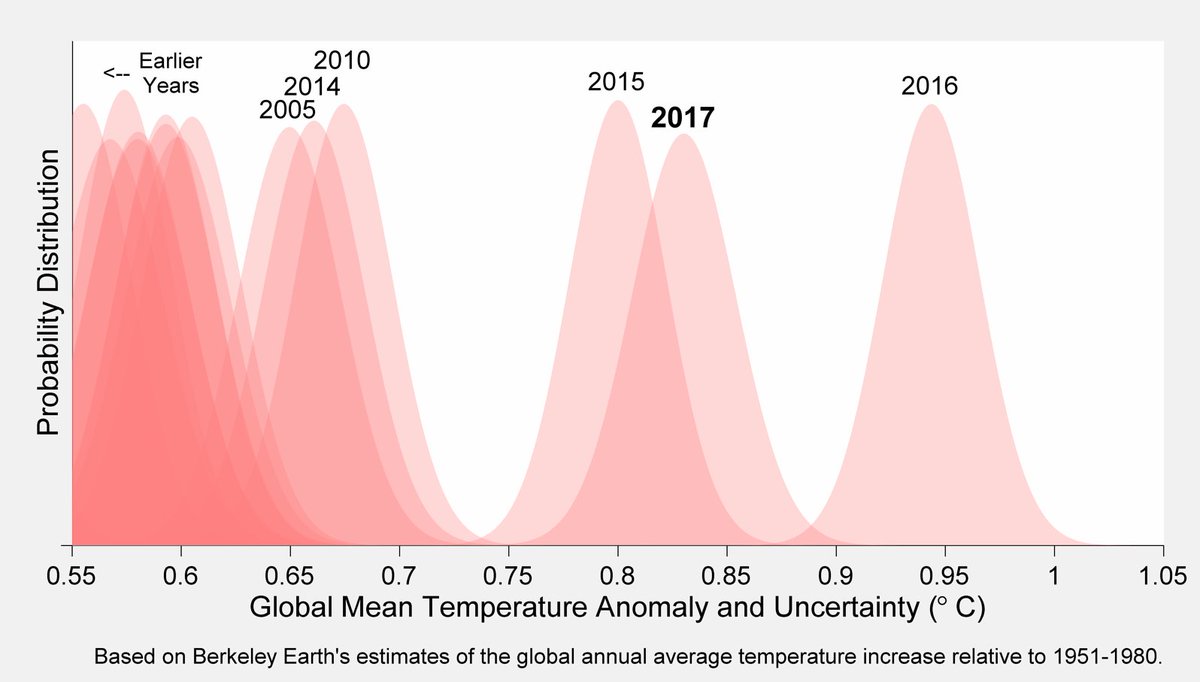
Berkeley Earth has a good summary of their 2017 results. http://berkeleyearth.org/global-s-2017/ ... This figure makes clear just how much warmer the last
three years have been: | | | Source: Twitter - Gavin
Schmidt @ClimateOfGavin |
How are climate
model projections doing?Claims of a substantial gap between model projections
and observed s are not true (2017 update edit
| How are climate
model projections doing? | 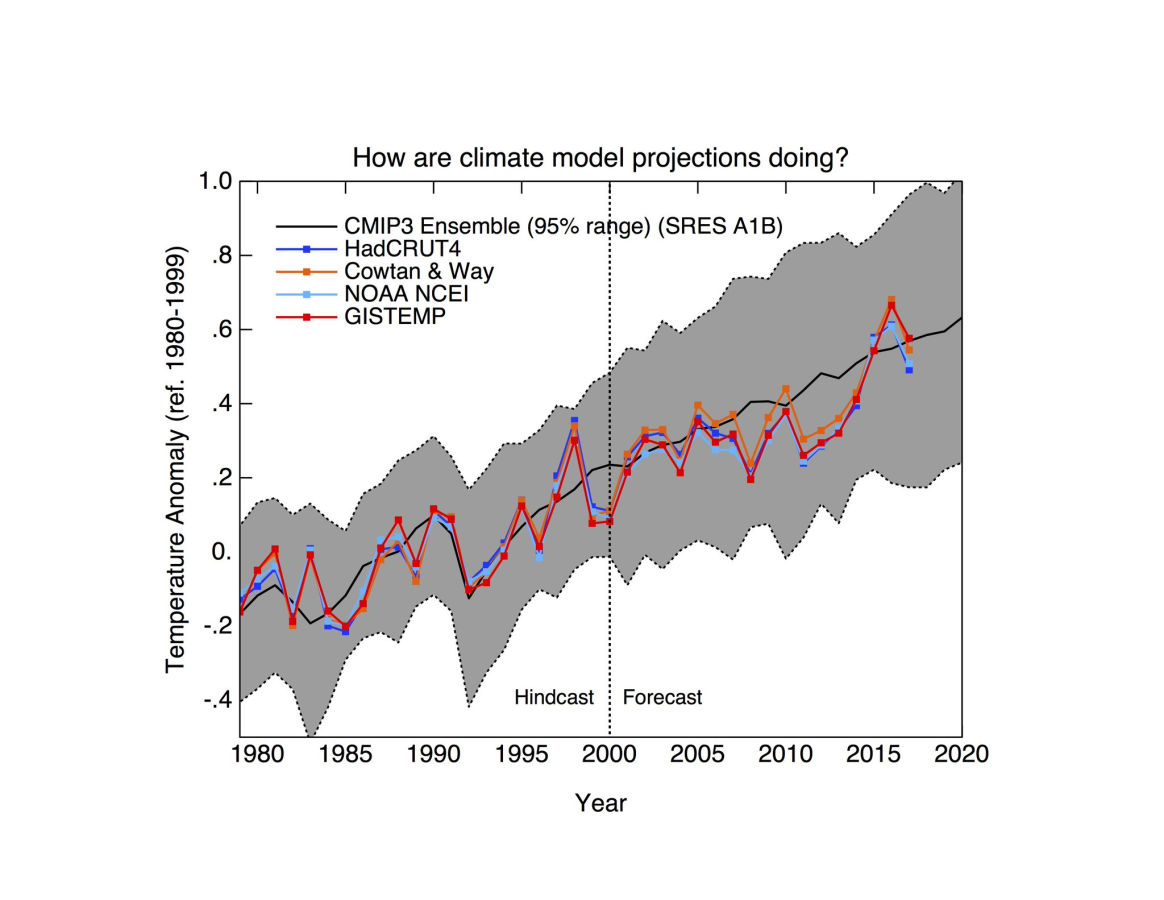
Claims of a substantial gap between model projections
and observed s are not true (2017 update edit | The
climate models have done a good job of estimating the global temperature
increase | | | Source: Twitter - Gavin
Schmidt @ClimateOfGavin |
Impact of ENSO
on NASA analysis
| Impact of ENSO
on NASA analysis |  | Some questions about the role of ENSO in
setting records in annual s. We know the El Niño warms the global mean, La Niña
cools it, but what happens when statistically correct for that? | | | Source: Twitter - Gavin
Schmidt @ClimateOfGavin |
increase of
1.5° C in 2029
| increase of
1.5° C in 2029 | 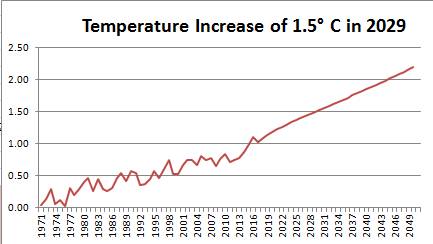
Shows how
the increase of 1.5°C could be breached
in 2015 | | | Source: Chesapeake
Data Systems |
Projected Temperature Change of Hottest and Coldest Days
| Projected Temperature Change of Hottest and Coldest Days | 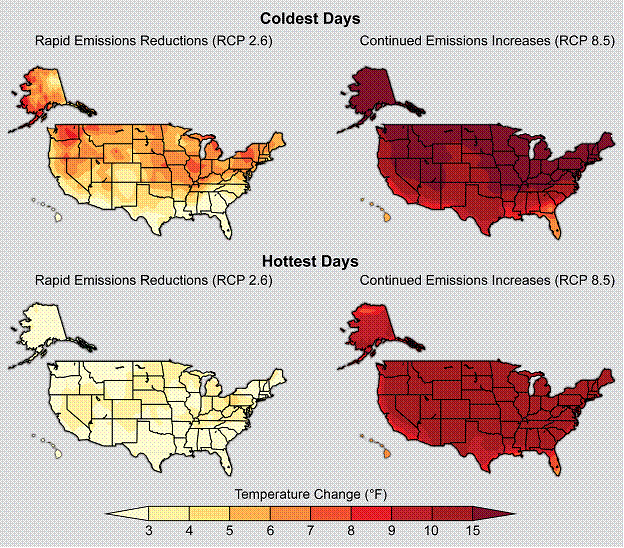 | Figure 2.20. Change in surface air temperature at the end of this century (2081-2100) relative to the turn of the last century (1986-2005) on the coldest and hottest days under a scenario that assumes a rapid reduction in heat trapping gases (RCP 2.6) and a scenario that assumes continued increases in these gases (RCP 8.5). This figure shows estimated changes in the average temperature of the hottest and coldest days in each 20-year period. In other words, the hottest days will get even hotter, and the coldest days will be less cold. (Figure source: NOAA NCDC / CICS-NC). | |
Separating Human and Natural Influences on Climate
| Separating Human and Natural Influences on Climate | 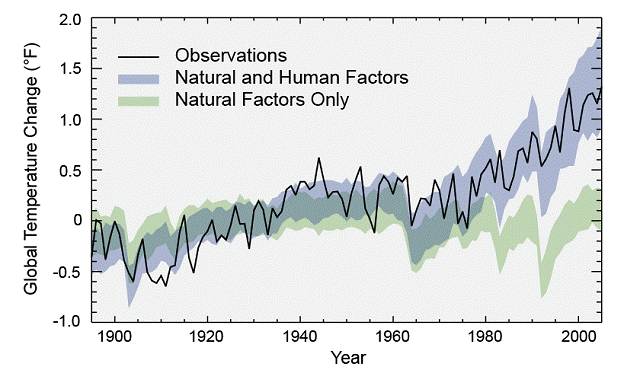
Separating Human and Natural Influences on Climate | Figure 2.3. Observed global average changes (black line), model simulations using only changes in natural factors (solar and volcanic) in green, and model simulations with the addition of human-induced emissions (blue). Climate changes since 1950 cannot be explained by natural factors or variability, and can only be explained by human factors. (Figure source: adapted from Huber and Knutti29). | | | Source: Unknown |
Total Glacier Ice Decline - 1860-2010
|
|